In conditions of tense foreign policy relations, Russia was subjected to sanctions by some countries. The bans also affected the export of commodities and non-commodities. In connection with this situation, the government of the country was actively engaged in the search for new directions for the sale of goods. It was decided to introduce changes in foreign trade relations for the export of non-primary goods. Since for each type of product there are certain requirements and rules related to goods crossing the border, it was decided to improve the legislative framework, that is, the provisions of the Customs Code. This article will talk about how the development of non-resource exports occurs and what are the prospects for this area.
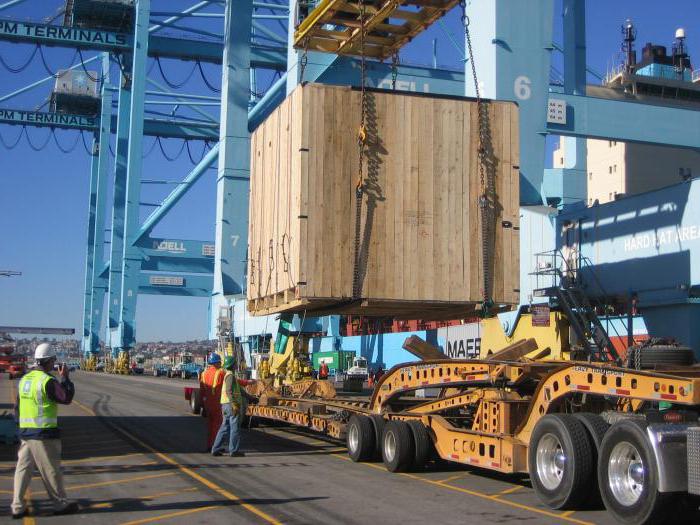
Product classification
What is this type of export? Non-primary export is one of the processes of foreign economic activity, which involves the export of products outside the state. These products are at least material for further processing.
The export of non-primary goods includes two product categories:
- energy;
- not energy.
The first group includes various exported fuel resources that have already undergone any processing. It can be petroleum products or coke. Also a component of this category is electricity.
Non-Energy Product Group
Non-primary non-energy exports are carried out according to three degrees of the limit. Products are divided into these categories depending on the degree of processing and finishing.
The lower limit is characterized by simple manipulations that were made with raw materials. It practically did not undergo any intervention and has an almost pristine appearance. To this limit can be reckoned fruit and berry goods and crops. It also includes products of the chemical industry, such as sulfuric acid, ammonia, caustic and soda ash, alcohol, and ether. The lower limit includes processed stone, cast iron, steel, non-ferrous and precious metals.
Non-primary exports are products that have undergone multi-stage processing, as well as materials from which simple products are made. These are goods of the food, woodworking and metallurgical industries, as well as building materials. All such products belong to the second, or middle, limit.
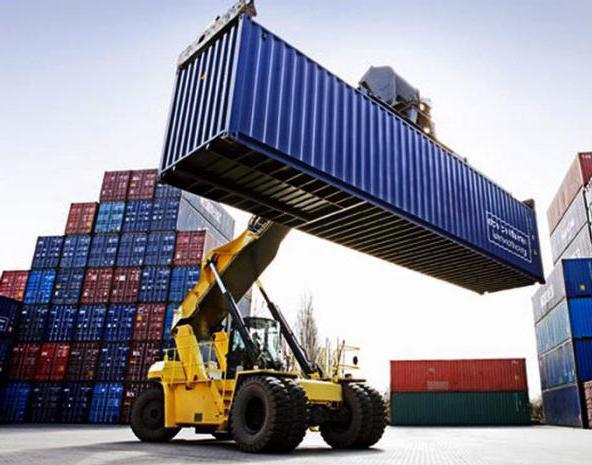
Russian non-resource exports have a fairly wide variety of goods related to the upper limit. These are products that are products of the complete processing of raw materials. This includes the output of enterprises in almost all sectors. This is engineering, pharmaceuticals, and the food industry. This category also includes materials affected by high technology. Raw materials that have undergone multi-level finishing, but being an intermediate result of labor, are also representatives of this level.
Atomic Energy
Non-primary export of Russia is characterized by a powerful energy complex. The nuclear energy sector has been one of the leading for many years. This is largely due to the fact that the country is trying to keep up with the times and follow the latest technologies. The reason for this phenomenon is not only the desire to be in a leading position, but also the ever-increasing security requirements.Russia is trying to maintain its technological advantage over others through innovations and discoveries both in the nuclear energy industry itself and in other areas related to it. This is medicine, and transport and logistics support.
Non-primary export is a mixed influence of various industries. This phenomenon also applies to nuclear energy. It combines related fields of knowledge.
The government plans to launch a fuel production company this year through the synthesis of uranium and pluton. Two years after this, they should open the reactor. These actions should ultimately lead to the formation of an entire module that will focus on fuel conversion. Such a project, according to authorities, should be of interest to foreign investors. It is assumed that the target audience for the purchase of technology will be primarily China.
Military industry
Another powerful industry that characterizes Russia's non-resource exports is the defense industry. This is evidenced by the percentage that the state occupies in the total world trade. This number is twenty percent. According to the long-term plan, this value should increase by another three percent. The main buyers of defense products are the countries of the Middle East, Africa and Latin America. Such success, an indicator of which is sales of fourteen and a half billion dollars, is due to the presence of specialists with appropriate education, certain equipment and technology, as well as an established system of production chains.
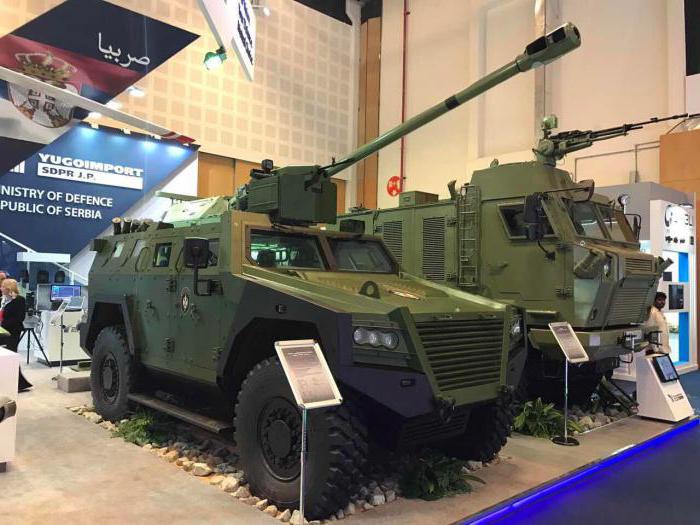
At the moment, the defense industry of the Russian Federation works in more than fifty directions. Now the number of large customers is about ninety, but the share of non-oil exports of this type of product in the future should grow. In order to do this, the authorities want to establish relations with existing partner countries, as well as establish new ties. Domestic technology shows excellent results even in atypical terrain and climate.
According to experts, the current pace of development will provide Russia with leadership positions over the next few years. However, stagnation in this area should not form, since the defense industry is constantly receiving new orders. This helps the government launch businesses and improve employment performance. Logically, this factor will lead to an increase in tax deductions, that is, an improvement in the economic situation of the country as a whole. Also thanks to this, it becomes possible to implement related projects.
Aviation industry
Non-primary exports are also products of the transport industry. Although, in this area, the Russian Federation is more of an importer, not an exporter. But representative offices of large concerns are located on the territory of the Russian Federation. Here, many companies assemble their equipment. Products manufactured by engineering enterprises have recently begun to gain their popularity abroad. These are ships, trucks, rail transport, as well as civil aircraft. Historically established leadership relates specifically to the latter industry. The main buyers of these products are the countries of the former Soviet Union, as well as Asian states.
Among all sectors of the transport industry, the aviation industry is in the best position. In Soviet times, domestic aircraft were the standard for the global aviation industry. After the collapse of the Soviet Union, a crisis was observed in this area. With the beginning of the new millennium, Russia set itself the goal of regaining primacy. The state managed to show its production potential in such a fairly high-tech industry.
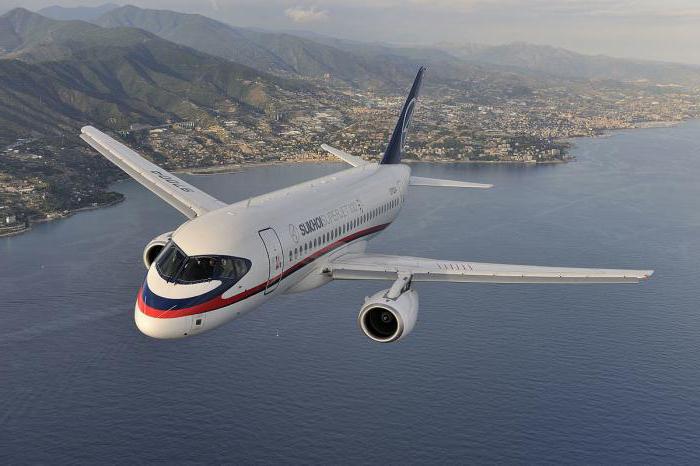
The result of this breakthrough was the SSJ-100. It represents a very significant object of export potential. Interest in the manufacturing technology of this aircraft is shown by eastern countries, especially Japan.
Growth in the field of transport engineering is ongoing. Over the next five years, it is estimated that the share of exports will increase by four percent.
Metallurgical industry
Raw and non-primary exports are largely due to the presence of natural resources in the country. The Russian bowels are rich in various natural resources. For this reason, the country is one of the largest exporters of such raw materials as gas, oil, coal and iron ore. But the development of this sector could not but affect the high rates of sales of these processed materials abroad. Therefore, it is not surprising that in the total volume of Russian non-primary exports, it is precisely the products of the metallurgical industry that occupy one fifth. The popularity of domestic metal abroad is due to its low cost.
The main directions of development of this industry are associated with increasing production of goods from titanium, ferroalloys and rare metals. At the moment, the export of the latter is represented by precious elements that are used for industrial purposes. It is gold and platinum. Many rare metals are bought by Arab countries.
The main consumers of products in this industry are aviation enterprises, including companies such as Boeing and Airbus.
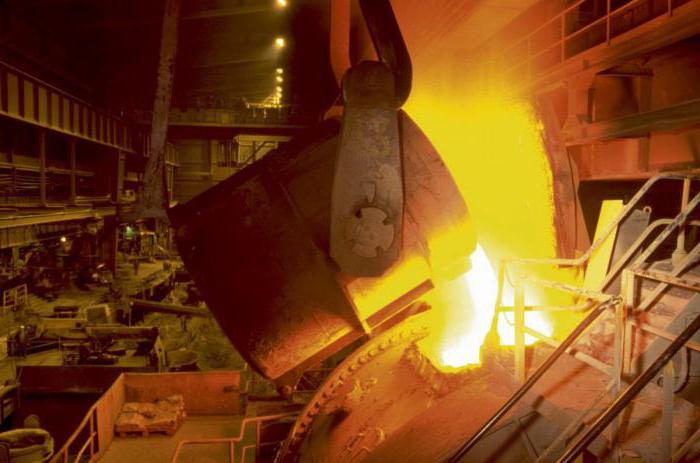
In terms of metallurgy in Russia, there are certain problems. A rich raw material base is not enough to be successful in the global market. The organization of the production process in the country leaves much to be desired.
The government plans to increase the volume of this type of non-resource export by nine billion dollars. Regarding today's moment, it is almost doubled.
Agriculture
Among Russian goods related to the agricultural industry, mineral fertilizers are most popular abroad. The largest enterprise that produces this product is Uralkali. Due to the fact that over the past five years there has been a boom in agriculture, commodity circulation in the world of products related to this area has also increased. The growth amounted to almost a quarter of the total volume of raw materials exports.
Russia is quite successful in this area due to the fact that its territory has all the necessary raw materials. And due to the fact that it is distinguished by its diversity, this provides another plus for the agricultural industry. About thirteen percent of all manufactured mineral fertilizers are exported from the country. The main buyer of this type of product are Latin American countries.
In addition to mineral fertilizers, the Russian Federation also exports grain crops and livestock products for export. These are oil and fat products, fish and seafood.
A promising market for the sale of agricultural products are African countries and the Middle East. This is possible due to the presence of additional arable land.
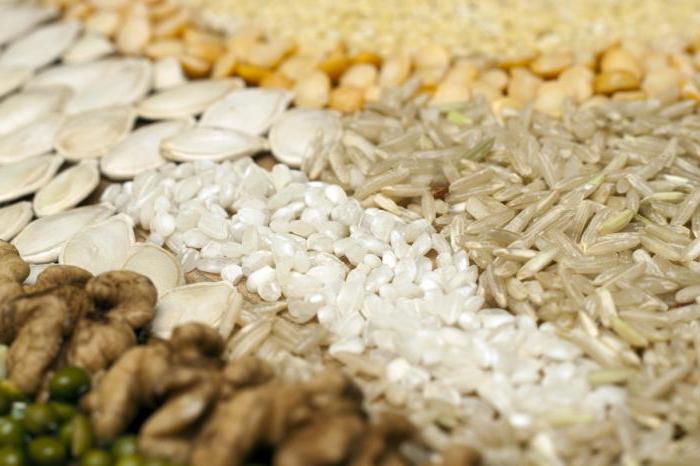
A significant share of non-oil exports is fisheries. Russia is one of the three world leaders in this indicator. But most of the seafood that is exported abroad is presented in frozen form. In the future, it is expected that the quality of the supplied products will be improved by the fact that the fish will undergo a high degree of processing. It is believed that this will provide a greater influx of finance.
Restraining factors
The export of non-primary goods is a strategically important area, but certain constraining factors stand in the way of its development. One of the main problems is that the physical delivery system in the country is not properly set up.Many Chinese sites operate on a simplified path, and in the Russian Federation, the sender is required to fill out five forms in order to send.
There is another problem holding back non-resource exports. VAT, or rather its return, causes many difficulties. That is, in order to arrange the party, you may have to collect a huge folder of papers or pass an off-site audit.
Difficulties are also encountered with high-tech products. If in other states the government is trying by any means to facilitate and make more loyal the process of selling high-tech products, in Russia, on the contrary, additional procedures are required. It is a notification issued by the Federal Security Service.
It keeps manufacturers in a tight framework and exercises control over the inflow of foreign currency mass the regulatory framework of the Russian Federation. Under laws that do not have sufficient flexibility, it is not possible to conclude contracts with more variable conditions. That is, the amount, lot size, terms and method of transportation should be fixed, and this prevents the establishment of partnerships.
Extremely difficult paperwork also poses a huge problem. If a batch of non-primary goods is valued at more than five thousand dollars, then this requires the submission of documents to the bank that fix all the information about the batch. The documentation must be in several languages and certified by a financial institution. This leads to the fact that many manufacturers, not having the desire to mess with papers, register a legal entity in more loyal countries.
Governmental support
Support for non-resource exports in the state is carried out in several directions. The government plans to simplify the procedure of customs clearance and make the delivery route from the manufacturer to the foreign buyer as simple as possible. This should stimulate the export of non-commodity goods. VAT for this product category is proposed to be abolished for online stores. This will free some funds, and they can go to improve the activities of enterprises themselves. This pleasant bonus cannot but interest domestic buyers.
Problems related to VAT and foreign exchange earnings are also going to be addressed by simplifying and unifying the approach to resolving contentious issues. A significant contribution to the sale of intellectual property products will be made by the introduction of a loan procedure for businessmen engaged in computer technology on the security of their products. Intellectual property products are planned to be protected from the legal side.

It is important that changes to legislation affect the export of non-commodity goods. 1C has also been innovated. Now, from the first of July of the sixteenth year, VAT deduction can be declared before the validity of applying the interest-free rate is confirmed.
Development prospects
An important direction of the foreign economic activity of the state is to stimulate the export of non-primary goods, since this process is better established for the export of raw materials. The solution to this issue was proposed by the Ministry of Economy and Development, which announced its support to exporters. It manifests itself in the form of organizing a special agency whose purpose is to provide insurance of credit funds and investments.
Financially, a fairly large number of actions have already been taken. This is the removal of customs duties on most of the exported products, and the absence of VAT. Most attention is now paid to the regulation of the customs system. It is the most repulsive for the development of exports.
It is believed that these actions should lead to increased competitiveness of domestic goods in the international market.Thanks to the introduction of changes, an innovative and technological renewal of the state economic sector should occur. An increase in the pace of development of this sphere is forecasted in the next two years.